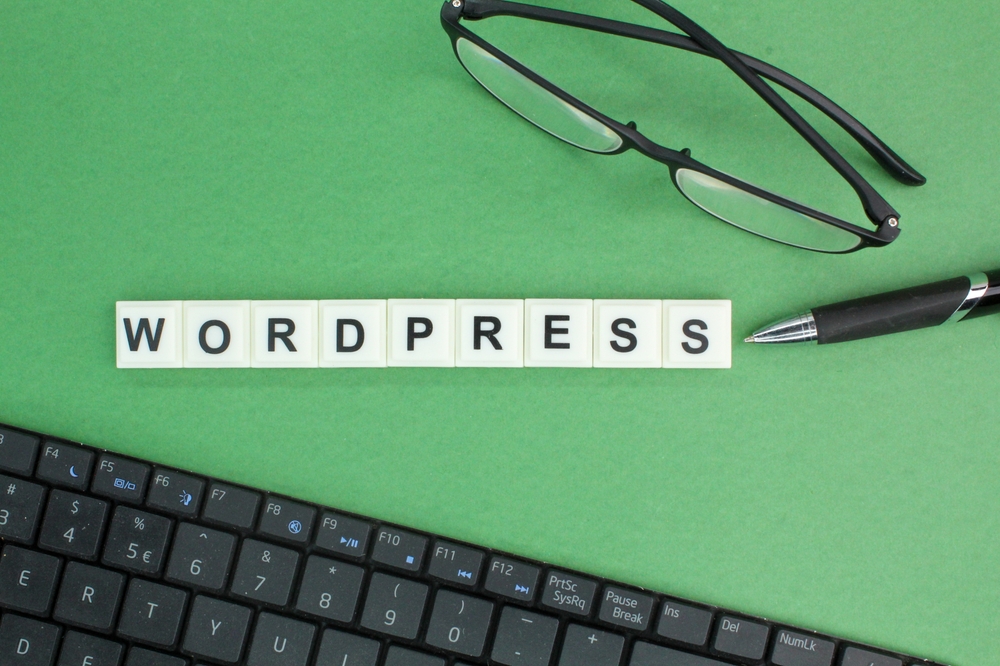
WordPress (the platform for bloggers) has become the go-to platform for website development due to its flexibility, user-friendly interface, and extensive customization options. Whether you are a beginner or an experienced user, there are always new ways to improve your WordPress (WP) website's functionality and design. In this article, we will explore essential tips and tricks to maximize your WordPress (the blogging platform) website's potential in terms of customization and maintenance.
1. Choose a Responsive Theme
One of the first steps in customizing your WordPress (or WP) website is selecting a responsive theme. A responsive theme adapts to different screen sizes, ensuring your website looks great on any device. With the ever-increasing usage of mobile devices, having a responsive theme is crucial for user experience and search engine optimization (SEO). There are numerous free and premium themes available in the WordPress Theme Directory and third-party marketplaces, each offering unique designs and features. Consider your website's purpose and target audience when choosing a theme, and make sure to read reviews and check for regular updates and support from the theme developer.
2. Customize Your Website's Appearance with a Page Builder
To truly make your WordPress website stand out, consider using a page builder plugin. Page builders allow you to easily create and customize page layouts without any coding knowledge. They provide a visual interface with drag-and-drop functionality, enabling you to add and arrange elements such as images, text, buttons, and columns in a flexible manner. Some popular page builders for WordPress include Elementor, Beaver Builder, and Divi Builder. These tools give you full control over your website's design, allowing you to achieve a unique and professional look.
3. Optimize Your Website's Performance
Website speed is crucial for user experience and SEO. A slow-loading website can drive visitors away and negatively impact your search engine rankings. To optimize your website's performance, start by choosing a reliable hosting provider. Look for providers that offer fast server response times and robust infrastructure. Additionally, consider implementing caching plugins, such as WP Super Cache or W3 Total Cache, which store static versions of your webpages to reduce server load and decrease loading times. Compressing images, minifying CSS and JavaScript files, and using a content delivery network (CDN) can also help improve your website's performance.
4. Secure Your Website
WordPress is a popular target for hackers, making website security a top priority. To protect your WordPress website from potential security breaches, follow these essential tips:
- Keep your WordPress core, themes, and plugins up to date: Updates often include security patches that address vulnerabilities.- Use strong and unique passwords: Avoid using common or easily guessable passwords. Incorporate a mix of uppercase and lowercase letters, numbers, and special characters for better security.
- Install a security plugin: Plugins such as Sucuri, Wordfence, or iThemes Security provide essential security features like malware scanning, firewall protection, and login security.
- Regularly backup your website: In case of any unforeseen circumstances, having a recent backup can save you from losing your valuable data.
5. Optimize Your Website for SEO
Improving your WordPress website's visibility in search engine results can greatly increase organic traffic. Here are some essential SEO tips to consider:
- Install an SEO plugin: Utilize plugins like Yoast SEO or All in One SEO Pack to optimize your website's meta tags, sitemaps, and overall SEO performance.
- Optimize your content: Develop a keyword strategy and incorporate relevant keywords naturally into your content, titles, headings, and image alt tags.- Improve your website's loading speed: As mentioned earlier, a fast-loading website is favored by search engines and visitors alike.
- Build quality backlinks: Aim to acquire high-quality backlinks from reputable websites in your industry through guest posting, partnerships, or content promotion.
FAQs:
1. How do I install a new theme in WordPress?To install a new theme in WordPress, navigate to the "Appearance" section in the admin dashboard, click on "Themes," and then click the "Add New" button. From there, you can search for themes from the WordPress Theme Directory or upload a theme in ZIP format.
2. Can I customize my WordPress website without coding knowledge?
Yes! With the help of page builders like Elementor or Beaver Builder, you can easily customize your WordPress website's appearance and layout without any coding knowledge. These plugins provide a visual interface with drag-and-drop functionality.
3. How often should I update my plugins and themes?
It is recommended to update your plugins and themes as soon as updates become available. Developers regularly release updates to fix bugs, introduce new features, and address security vulnerabilities. Keeping everything up to date ensures optimal performance and security for your website.
4. Are there any free tools to check my website's loading speed?
Yes, multiple free tools are available to check your website's loading speed. Popular options include Google PageSpeed Insights, GTmetrix, and Pingdom. These tools provide detailed information about your website's performance and offer recommendations for improvement.
5. What is the difference between a self-hosted WordPress site and WordPress.com?
A self-hosted WordPress site is when you download and install the WordPress software on your own web hosting server. It gives you full control and customization options. On the other hand, WordPress.com is a platform where you can create and host a website without worrying about hosting or software updates. However, it comes with limitations on customization options and requires a subscription for certain advanced features.
In conclusion, by following these essential tips for customization and maintenance, you can maximize the potential of your WordPress website. Remember to choose a responsive theme, utilize a page builder for customization, optimize your website's performance and security, and implement SEO best practices. With the right approach, your WordPress website can become a powerful tool for achieving your online goals.
Other useful resources
- https://www.wordpress24plus.com/topics/wordpress-tips-and-tricks/